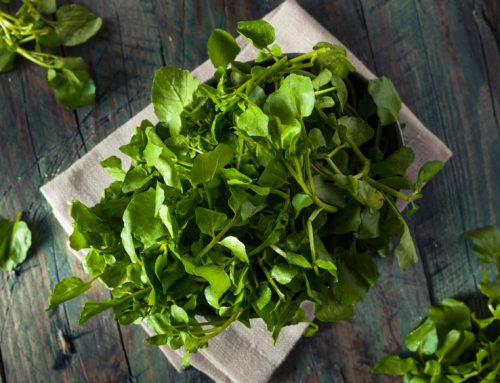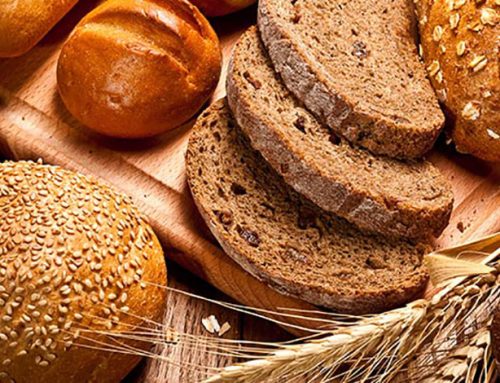The Lazy Keto Diet has arrived! You may have put on a pound or two or 19 during the quarantine. But now that things are starting to open up and people are emerging from their lockdowns hoping to get back into shape, new diets are starting to bounce around social media again. And one of the buzziest is the lazy keto diet.
Both lazy keto and its sloppier cousin dirty keto have been trending, and it may be because while many people are interested in losing their quarantine weight, they’ve also lost patience with the strict keto, which can feel like it requires more math than an AP calculus class.
“During the quarantine, I didn’t hear anyone ask about any fad diets,” points out Bonnie Taub-Dix, RDN, author of Read It Before You Eat It: Taking You from Label to Table. “I’m not a fan of any keto diet, but that doesn’t mean it doesn’t work for some people who are doing it with the guidance of a dietitian.”
What Exactly the Lazy Keto Diet?
With a standard keto diet, you have to pay very close attention to every gram of food you eat, in an attempt to take in roughly 70 to 75% of your calories from fat, 20% from protein, and as little as 5 to 10% from carbs, which puts your body into a state of ketosis, where it starts burning fat for energy. This means a whole lot of meat, butter, cream, and avocado, but precious few fruits and vegetables.
But with the lazy keto diet, you only need to focus on one number: your daily intake of carbs, which according to the buzz, should be about 20 to 50 grams per day. The rest? As long as you generally try to eat more fats than proteins and you stick to relatively healthy food choices, the percentages don’t matter and you can put away your calculator. (But focus on whole foods—if you want to try to lose weight eating greasy fast food, you’re looking at dirty keto, which no dietitian we know would ever recommend.)
Though the name is new, the idea of lazy keto has been around for a while, says nutritionist DJ Blatner, RDN, the author of The Superfood Swap.“This is actually what many people do when they say they are following a ‘keto’ diet,” she explains. “Most people aren’t counting all their macros, they’re just trying to eat low carb/high fat. They hear about the keto plan from a friend and create their own version.”
Can You Lose Weight on The Lazy Keto?
Well, sure, says Blatner, but that’s more likely due to the fact that you’ll be paying closer attention to what you eat rather than any keto magic (without paying attention to the fat/protein ratio, you will not likely achieve ketosis). “You can lose weight this way if the portions of protein are moderate and there are low-carb veggies included for nutrition, fiber, and fullness,” she says. “But truthfully, once people start paying attention to what they’re eating, no matter what type of diet they follow, they tend to lose weight compared to when they weren’t paying attention at all.” Plus, if you’re cooking more at home rather than eating out in restaurants or chowing down processed food, you’ll likely experience some weight loss.
Is the Lazy Keto Diet Bad for You?
Lazy or not, slashing your intake of carbs to as little as 20g a day (say, a cup of blueberries or a small green salad) is always a risk, says Blatner. “Carbohydrates are important to the health of our gut because they feed the good bacteria,” she explains. “When you limit carbs and eat excess protein and fat, you potentially throw off gut bacteria, which can be linked to everything from digestive problems to immunity impairments to mood fluctuations. It’s also a challenge to get enough phytonutrients to help keep cells healthy, strong, and disease-free.”
Taub-Dix agrees that keeping carbs to such a tiny percent of your diet is problematic. “You have to think of the value of the vitamins, minerals, and fiber you get from healthy carbs, not to mention the emotional satiety,” she says.
How Can I Try a Low-Carb-Diet Safely?
Americans do tend to overeat simple carbs, especially the refined, white, processed carbs of breads, wraps, buns, pasta, rice, crackers, pretzels, pizza, cakes, and cookies, says Blatner. Swapping those out for whole-food versions, including fruits, vegetables, and small portions of whole grains such as oatmeal, quinoa, wild rice, and bulger, is a great way start. It might not technically be “lazy,” but achieving a healthy lifestyle rarely is.
Click here to read full article about the lazy kept diet craze.







